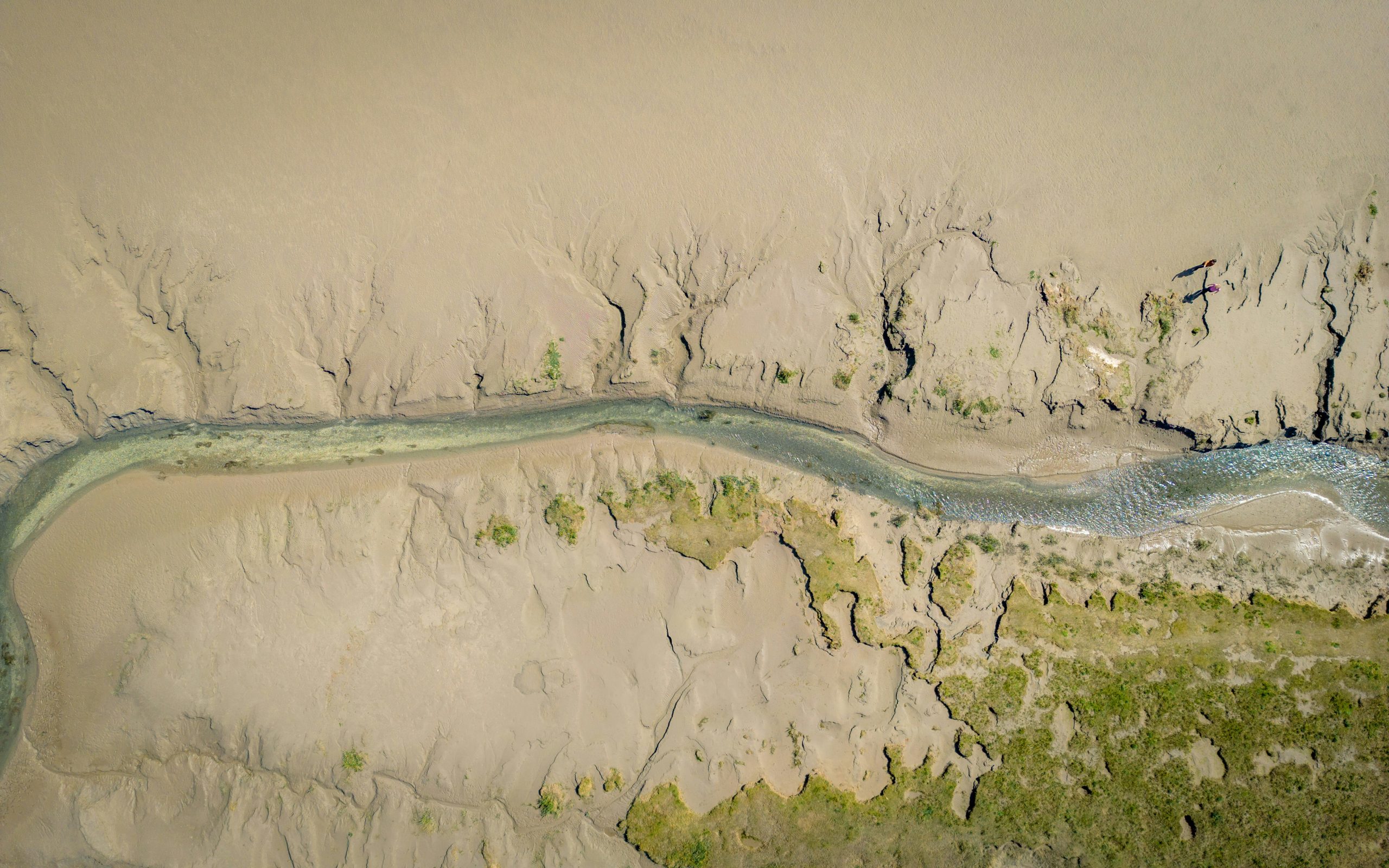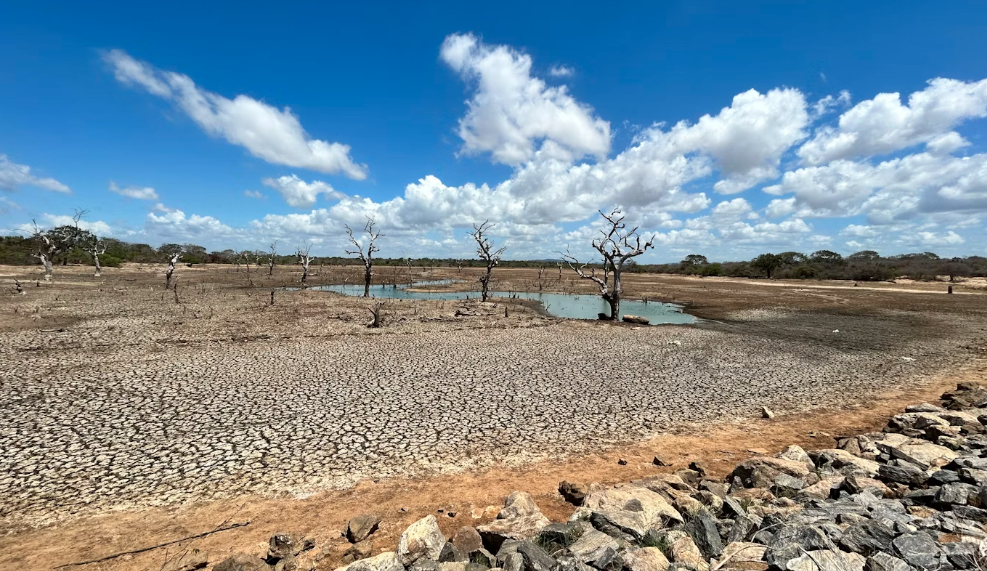Originally posted on www.climateforesight.eu
According to the IPCC, “it is an established fact that human-induced greenhouse gas emissions have led to an increased frequency and/or intensity of some weather and climate extremes since pre-industrial time.” The severity and frequency of climate extremes are increasing as the world warms. Even small increases in global warming can cause significant changes in extreme weather patterns. This is particularly true for extreme temperatures, heavy precipitation, and droughts. According to the IPCC AR6 report on the Physical Science Basis of climate change, “the occurrence of extreme events unprecedented in the observed record will rise with increasing global warming, even at 1.5°C of global warming,” with a greater projected percentage increase in frequency for less common extreme events.
CMCC stands at the forefront of research on climate extremes. By leveraging its advanced climate simulation models, the center can unravel the complex dynamics and interconnected drivers behind extreme events. Researchers at CMCC delve into the intricate relationship between climate variability, climate change, and the occurrences of extreme events, while at the same time focusing on the potential impacts that these events might have on the climate system. The focus covers a wide range of events, from extreme precipitation and heatwaves to droughts, tropical cyclones (such as hurricanes and typhoons), and medicanes (i.e., Mediterranean hurricanes).
For example, the CLINT (CLimate INTelligence) project employs Artificial Intelligence (AI) and Machine Learning techniques to enhance the detection, causation, and attribution of extreme events. A collaborative effort with CMCC, Politecnico di Milano and other European partners, CLINT aims to harness the power of AI to improve the accuracy of predictions, especially regarding tropical cyclones and heatwaves.
Within the CLINT project, researchers at CMCC are exploring the potential improvement of the ability to detect and forecast extreme weather events through the integration of Artificial Intelligence into standard detection methods widely used in the scientific community.
The tools, developed in collaboration with the international Artificial Intelligence research community, have already yielded results, such as the improvement of some global indices of tropical cyclone occurrence (for example published in: Cavicchia et al. 2023 and Ascenso et al. 2023). The collaboration is expected to yield further significant outcomes in 2024, with ongoing efforts to refine detection mechanisms, enhance the representation of extreme precipitation and advance seasonal predictions, particularly for phenomena such as heatwaves.




